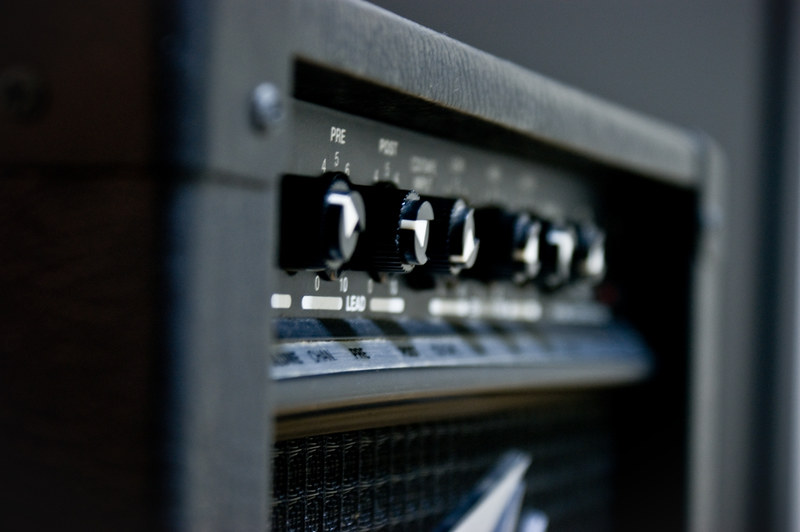What is Cumbia Rebajada?

It all began at a local party when a Radson amplifier, used by sonideros, malfunctioned, causing the music to slow down and transform the upbeat tempo of cumbia into a more languid rhythm. This new sound, a slower version of traditional cumbia, captivated the partygoers with its novelty.
Who is Sonido Dueñez?
Recognizing the potential of this accidental discovery, Sonido Dueñez, a local music enthusiast, decided to embrace this new style. In 1992, he produced his first cassette featuring this unique version of cumbia, which he began selling at the Puente del Papa market in Monterrey, introducing cumbia rebajada to the public.
Follow Sonido Duenez on Instagram here: @sonido.duenez
The Rise of Cumbia Rebajada in Monterrey
The cassettes quickly garnered attention, marking the beginning of cumbia rebajada’s journey from an accidental experiment to a recognized sub-genre within the broader cumbia music scene. This innovation resonated with listeners in a new and meaningful way, especially among fans of Colombian music.
Kumbia Boruka: A Fusion of Cultures and Sounds
In the vibrant 1960s, Monterrey’s sonideros turntables became the epicenter of a musical revolution. Kumbia Boruka, led by accordion maestro Hernan Cortes and vocalist Bob Sikou, emerged as a powerhouse, blending classic cumbia with salsa and Latin rock. Their debut in 2017 with “La Vida Se Vive” and their recent album “El Remedio” propelled them to fame across Europe’s festival circuit.
Tribute: “La Vieja Escuela (Rebajada Sonido Dueñez)“
Their 2019 video is a heartfelt tribute to Sonido Dueñez, the architect of ‘cumbia rebajada’. It showcases Monterrey’s cumbia landscape, including the iconic bridge, hilltops, local markets, and the lively parties of the Independencia neighborhood. Featuring Sonido Dueñez, the video celebrates the rich history of cumbia in Mexico and introduces Monterrey’s unique sound to a global audience.
Photo credit: Soon Koon @ Flickr